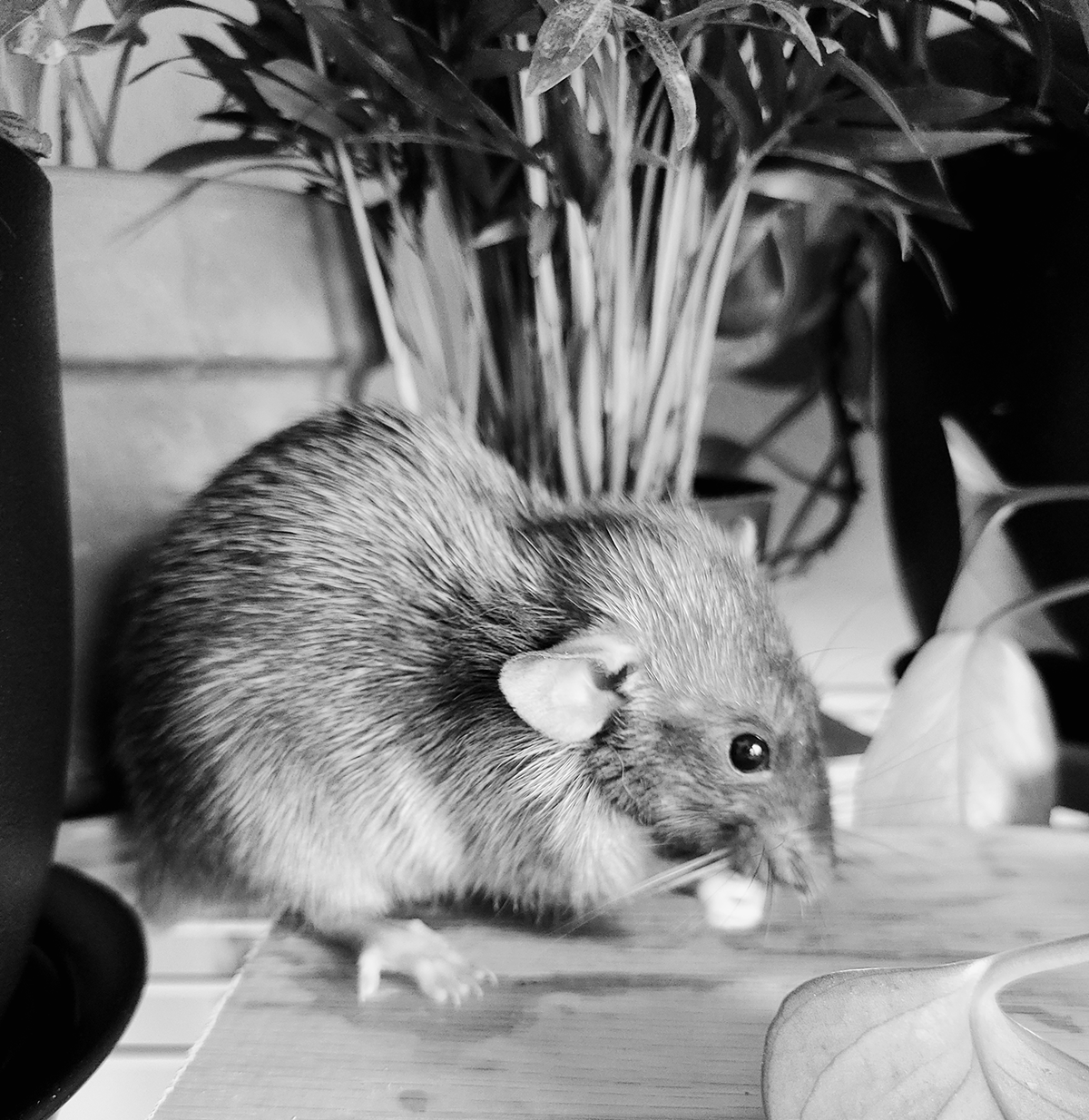Quarantine
Bleuming Tails suggests utilizing a quarantine period before introducing new rats into an existing colony.
But why QT if the new rats I’m adopting are healthy?
While Bleuming Tails does guarantee that at the time of purchase the rats are free of URI symptoms and parasites, BTR does not do serology testing. Serology testing is used when testing for diseases such as Seoul, Sendai, and other viruses that can infect colonies. BTR doesn’t do serology testing for one very specific reason: the way these diseases are transmitted.
You can bring in these diseases on your clothing, your shoes, your mucosal membranes, etc., so even if you tested clear on Monday, your colony can be infected on Wednesday. This is a large reason why reputable breeders operate closed ratteries. It limits the number of people that could potentially bring in those diseases.
Bleuming Tails does guarantee that the rats are not and have not exhibited symptoms of any testable disease.
How-to Quarantine
- Be kept in a completely different airspace
- This means if the main colony is in the house, the new rats are in the garage, a temperature-controlled shed, or a trusted friend’s home.
- If separate airspaces cannot be utilized, do your best to place the cages as far away from each other as possible.
- Last a minimum of 2 to 4 weeks
- Be sure to keep from cross-contaminating as much as you can.
- This means not handling one cage and then immediately going to handle the other rats.
- Be sure to wash hands and arms, change clothes, and blow your nose between handling sessions at the minimum. A shower is best as certain diseases can even cling to your hair.
- During this QT period, cages SHOULD NOT be set up directly next to each other or across the same room

